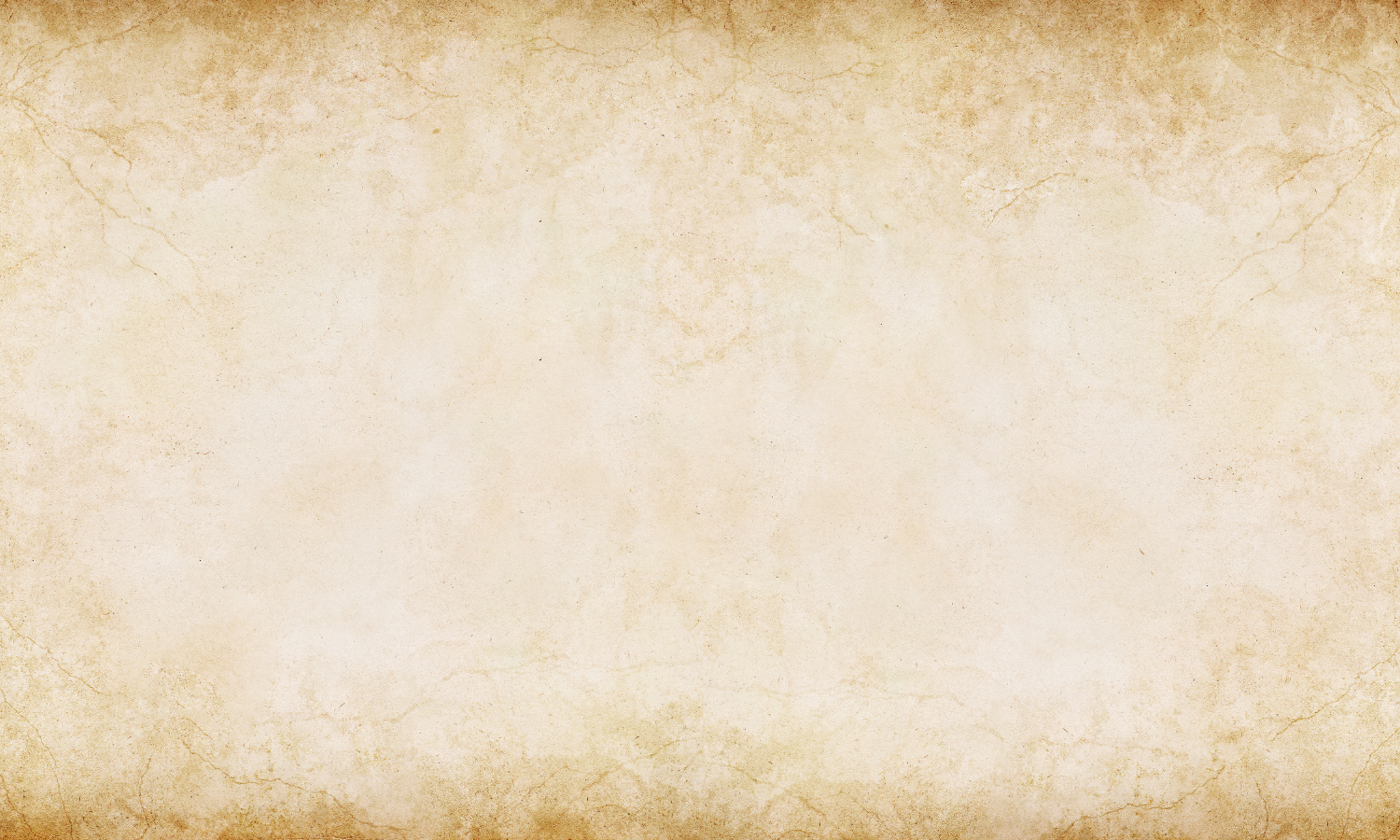
CODEX LAUD (LAUD-R_A1-A7)
This outer baseline pair places the centerline passing just below the thumb of Tlaloc’s right hand that is holding a Feathered Serpent motif that scrolls back and forth vertically similar to the serpent in Maya Vase K2772. This likely represents earth’s celestial equator. There are other narratives possibly also encoded by using the centerline and the various other horizontal elements top and bottom for baseline placements as seen in the PACAL SARCOPHAGUS LID slideshow. These first few alignments are preliminary explorations into the use of the circle’s geometry in the design of this post-classic codex. The y-axis alignments tangent the curved parts and align to the vertical parts of the ‘floral’ motifs. Watch the rays intersect with Tlaloc’s hand and feet and the various features of the ‘serpent’ conch at the bottom and the monkey above it. These alignments suggest the continued use of this design platform from at least the time of La Venta and Monument 19 c. 900 BCE to sometime around the 14th century CE when Codex Laud was created.
(Image Source; PAINTED BOOKS FROM MEXICO, Gordon Brotherston 1995, The British Museum Company Ltd,
46 Bloomsbury Street, London WC1B 3QQ, p.135)






